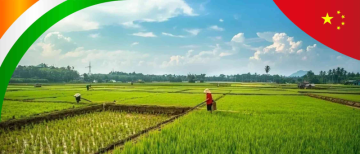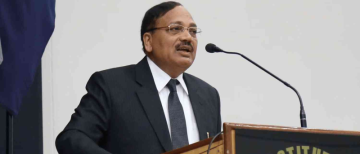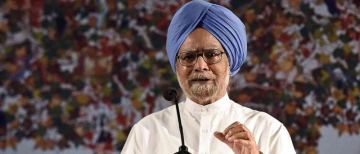In today's technology-driven world, social media has emerged as a powerful tool for the development of rural areas in India. With 70 percent (Eighty-three million Indians, or more than two thirds of the country's total population, live in rural areas) of the population residing in villages, social media has provided a platform for rural residents to connect, share information, and access resources that were previously unavailable.

According to the grabon: Internet users in India are 69% male and 31% female. Gender differences in Internet use are evident. While the gender gap has narrowed, female Internet users rose from 27% in 2019 to 31% in 2023.Age demographics of Indian Internet users have also changed. Internet users started out young and male. Since Internet access costs have dropped and smartphone availability has increased, more older people and women are utilising the Internet.
According to the research done by the hindu business line ( last year) the number of social network users in india is expected to surpass 1 billion by 2025, with a growth of over 400 million.
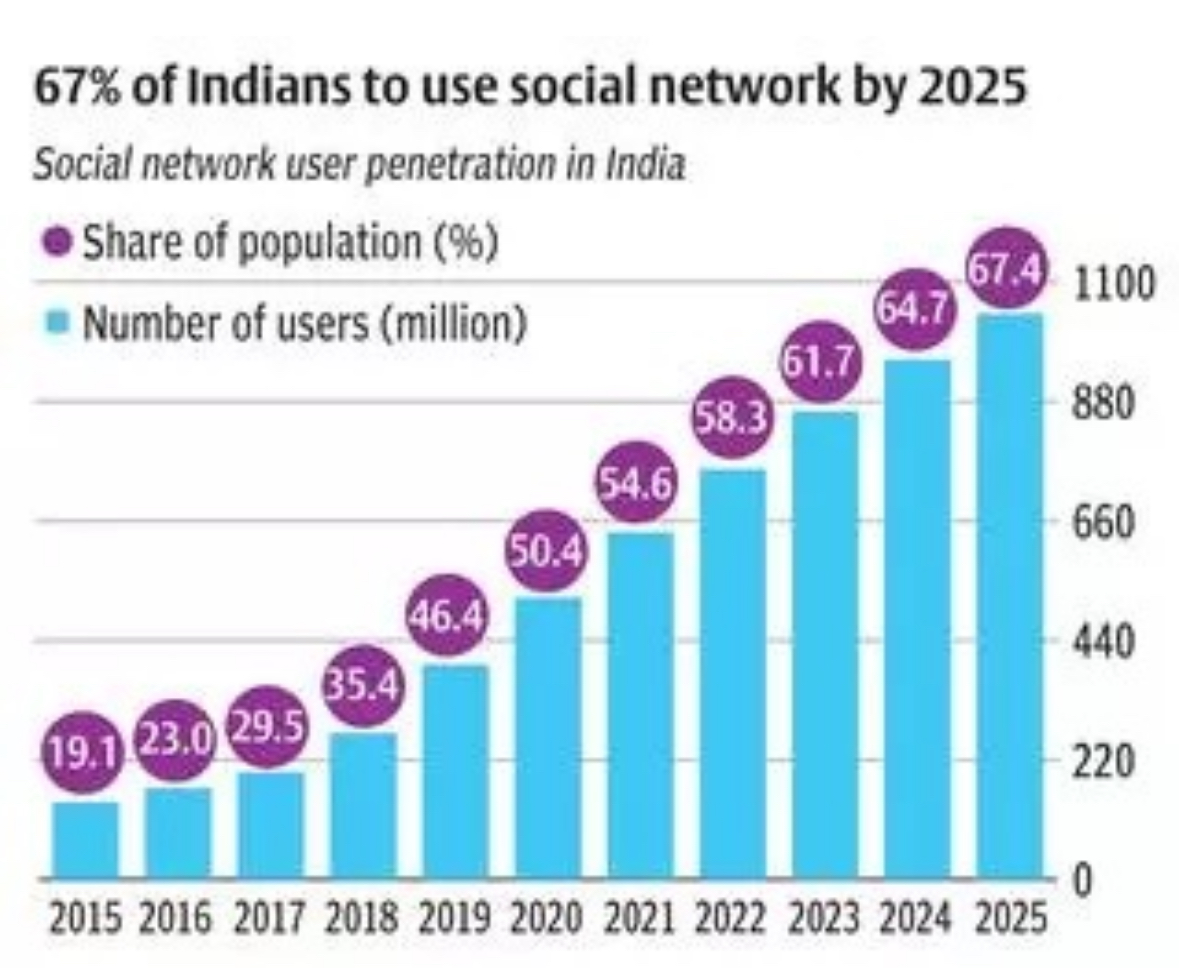
This has empowered rural youth to acquire knowledge, pursue education and career opportunities, and engage in entrepreneurship. In addition, social media has facilitated the formation of virtual communities and networks, enabling rural residents to collaborate on projects and advocate for their needs. It has also played a role in promoting social and cultural change by giving voice to marginalised individuals and raising awareness about social issues.
As per by the economic times (2022,03 may) 52% of the population in india is using internet :

The usage of internet
• 87% of internet users use the internet for communication.
• 84% watch videos and movies, 67% listen to music.
• 71% use the internet for educational purposes.
• 69% read news and current events.
• 61% shop online.
• 58% use the internet for banking and financial services.
• 76% use social media platforms.
• 55% play online games.
• 47% research products and services.
• 43% search for jobs.
• 38% plan to travel.
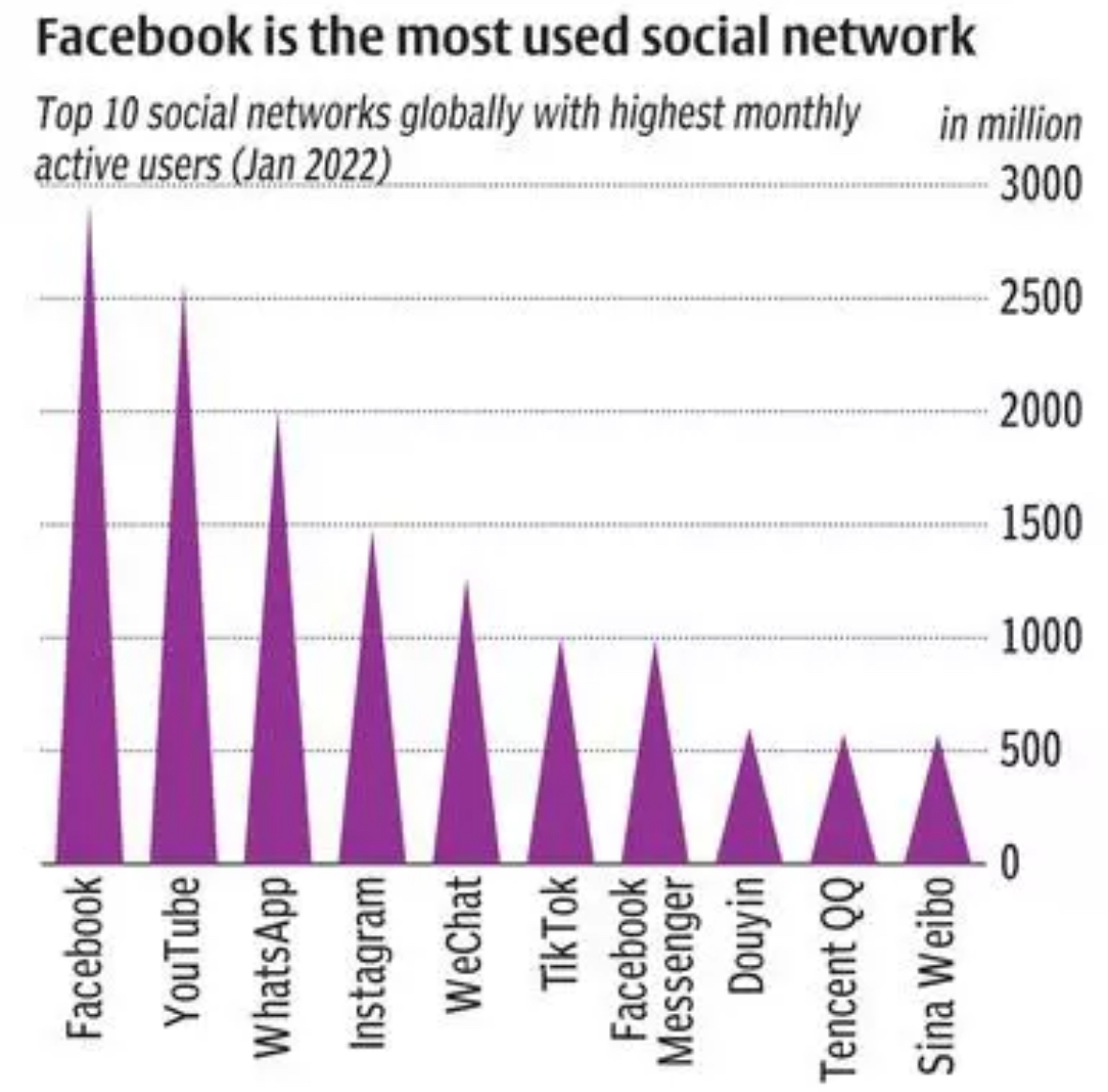
Furthermore, social media has improved the quality of life for rural residents by providing access to government services, healthcare information, and agricultural resources. It has also opened up new economic opportunities, such as e-commerce and digital marketing, for rural entrepreneurs. However, it is important to ensure that all rural residents have access to internet connectivity, digital literacy training, and support systems to fully harness the potential of social media for rural development.
The real India lies not in its few cities but in its seven hundred thousand villages, as Mahatma Gandhi famously said. "India will also perish if the villages perish."
CHANGING THE FACE OF RURAL CONNECTIVITY: THE INFLUENCE OF SOCIAL MEDIA
Social media is crucial in rural areas as it facilitates communication, information access, community development, and economic opportunities. It has transformed the world into a global village, allowing people to connect and interact with each other regardless of their geographical location. However, social media can also promote deceptive posts, messages, conflicts, cyberbullying, and mental and physical health issues.
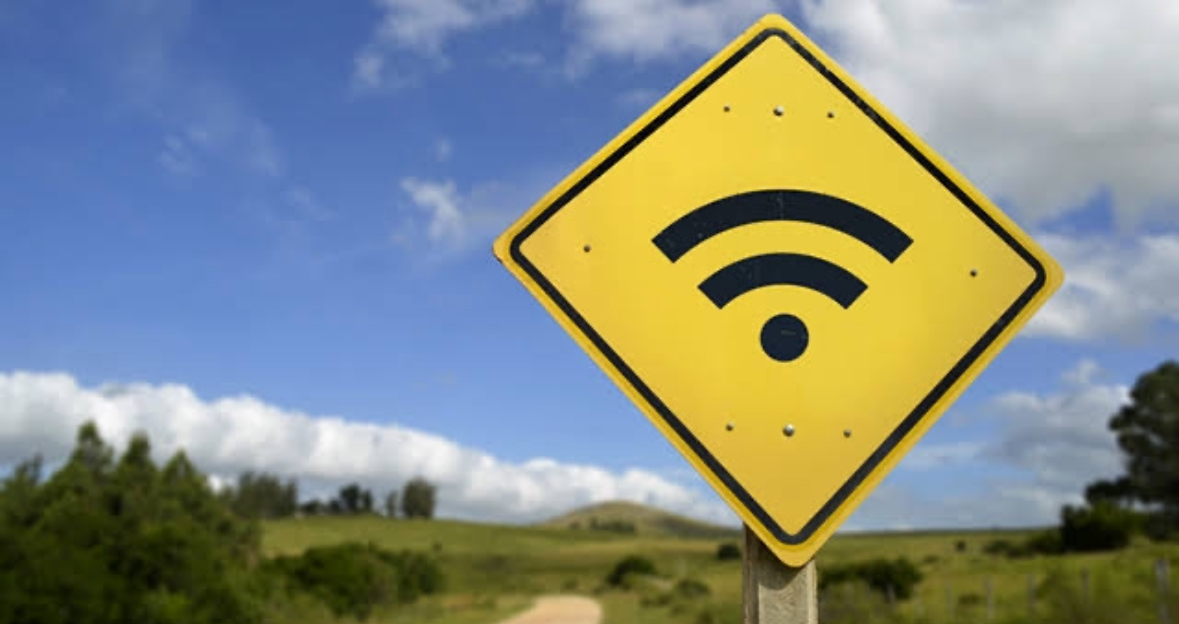
The majority of youth are rapidly transitioning from electronic media to social media, leading to significant effects on their lifestyles. Social media has the potential to bridge the gap between rural and urban areas by providing access to information, education, and communication. However, the use of social media in rural areas is limited due to various challenges, including limited access to the internet and technology. Many students are unable to access the internet and lack electronic devices due to financial constraints, which has resulted in a break in their education.
In India, only 22% of rural households have internet access, compared to 42% of urban households. A survey by the Pew Research Centre found that in the US, only 19% of rural adults use social media, compared to 25% of adults in urban areas.
Despite these challenges, social media has the potential to bring about positive changes in rural areas. According to a World Bank report, more than 80% of people live in rural areas, which are frequently impoverished and have poor access to healthcare and education. To address these challenges, the government is promoting digital literacy among rural youth, even in the most remote areas of India.
According to the research, one such example is the little Indian village of Tulsi, which has gained the moniker "YouTube Village" due to the fact that one-third of the villagers there are filmmakers.
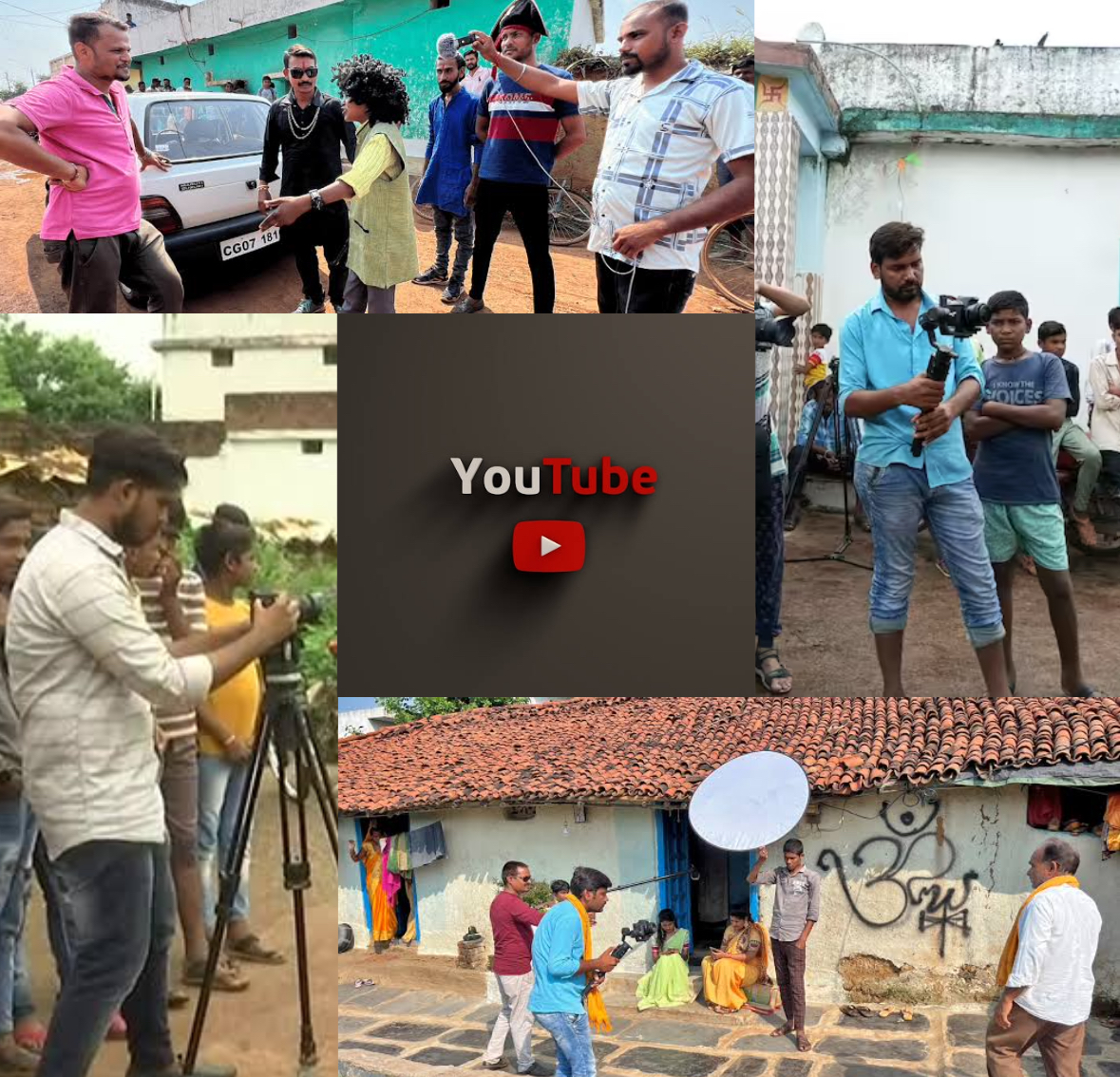
The Impact of Social Media in Rural Areas
- Social media provides a platform for sharing information on various topics, empowering rural residents with knowledge.
- It serves as a marketplace for rural entrepreneurs and artisans to showcase and sell their products.
- Social media allows for the exchange of agricultural knowledge, contributing to increased productivity and sustainability.
- It helps preserve cultural identity and promotes understanding among different communities.
- Social media platforms facilitate political awareness and participation in decision-making processes.
- It disseminates health and education-related information, improving health outcomes and access to learning.
- It empowers women in rural areas to share their stories and engage in economic and social activities.
- Social media allows for the formation of online communities based on shared interests and provides emotional support.
- Challenges include the spread of false information, unequal access to reliable internet, privacy concerns, and reduced face-to-face interactions.
- Overutilization of social media can lead to addiction and impact physical and mental health.
- The electronic era has transformed the youth of India, with both positive and negative effects.
- Social media refers to websites and applications that allow people to share content and connect with others.
Technology has significantly impacted individual development, enabling voice-outs and global visibility. Social media, particularly for women, has become a powerful tool for Women Empowerment, providing information on education, health, and knowledge, and raising awareness about women's rights and powers.
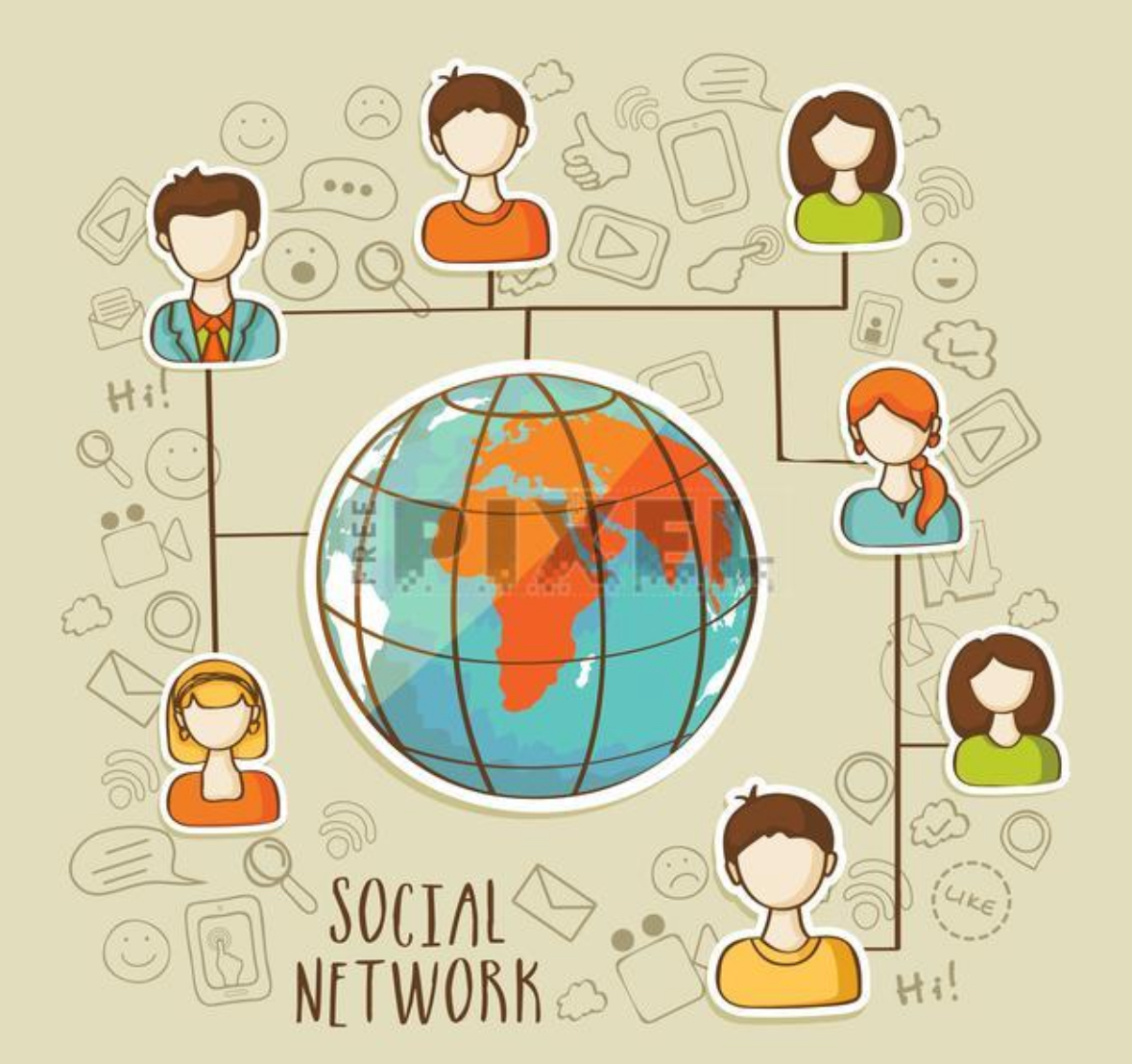
Unleashing the Power: How Social Media Empowers Rural Women
Social media empowers rural women by breaking isolation barriers, sharing stories, skills, and dreams, and serving as a marketplace for ideas, education, and narratives of resilience and progress.
Empowerment through Technology for Rural Women
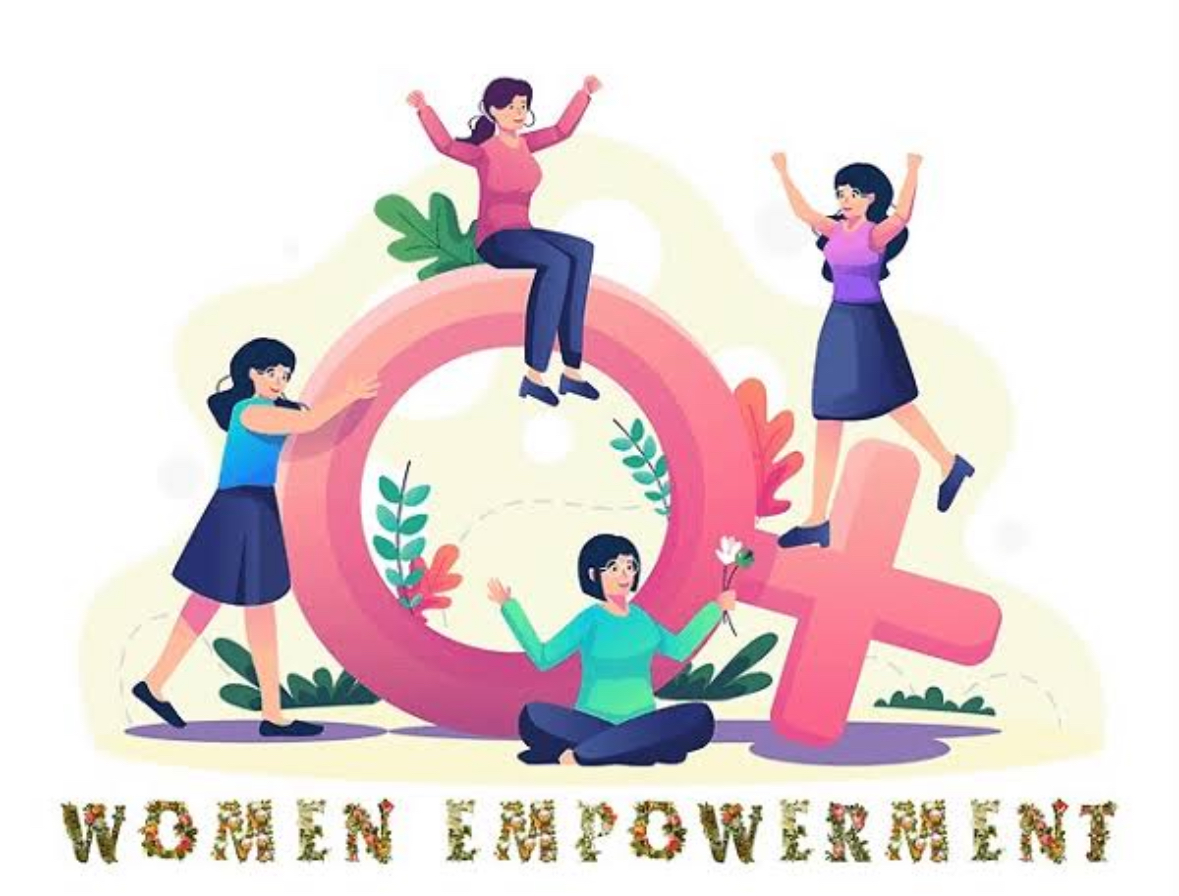
• Social media provides knowledge, education, and resources for rural women.
• It breaks traditional boundaries, enabling group discussions and learning about various topics.
Potential for Entrepreneurs
• Social media provides a global market for selling homemade goods, farm products, or traditional skills, enabling financial independence.
• It aids in starting small businesses and reaching more customers.
For examples:
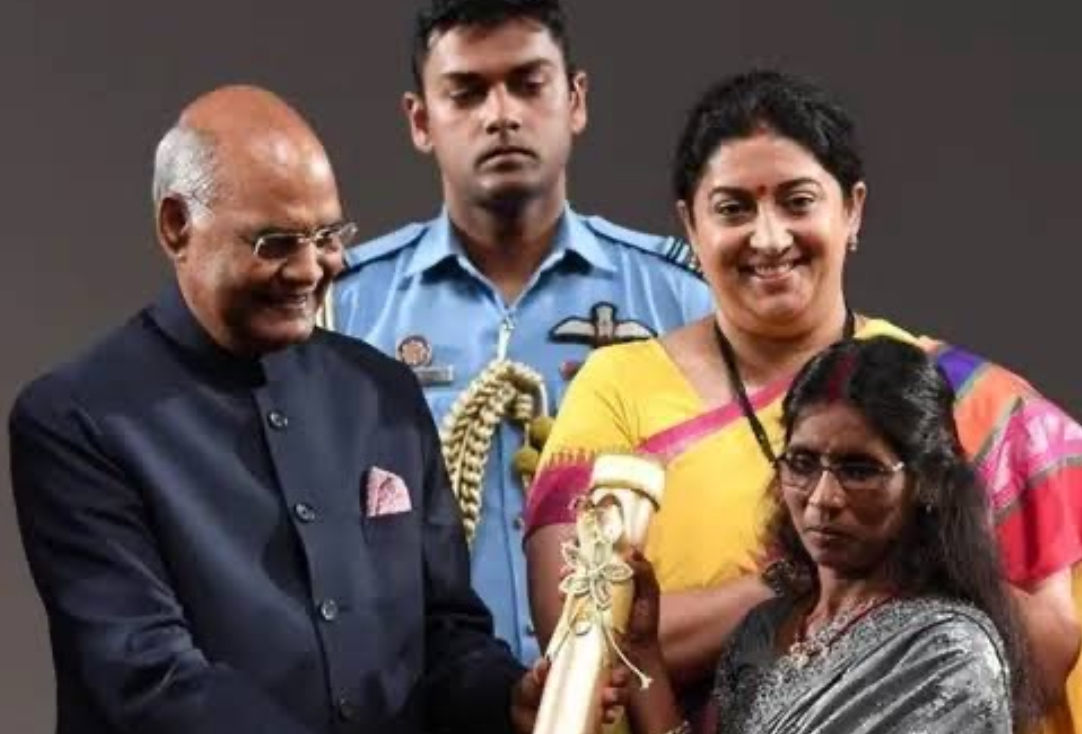
Bina Devi, also known as 'Mushroom Mahila', is an Indian leader who has inspired women to become businesswomen through mushroom cultivation. She became the Sarpanch of Dhauri Panchayat and has trained farmers on mushroom farming, organic farming, and vermicompost production. Devi has popularized mushroom production in her district, impacting 1,500 women. She has also been involved in spreading digital literacy and training women in using mobile phones. Bina Devi has received recognition for her work, including handling the Prime Minister's account on Women's Day and receiving the Nari Shakti Puraskar. She believes that her farming has brought her respect and opportunities, and she is pleased to see other women benefiting from training in this field.
Building Communities
• Social media allows rural women to connect with others who share their interests and build supportive communities.
• It facilitates sharing farming tips, healthy habits, and common problems.
Health Information and Education

• Social media offers online tutorials, webinars, and training materials for improving agricultural, healthcare, and other skills.
• It enhances community health by providing access to healthcare experts and support groups.
Spreading and raising awareness

• Social media allows women to voice their views and fight for important causes.
• It facilitates cultural exchange and the preservation of cultural history.
Improving Skills
• Online lessons and social media groups enable female rural workers to learn new skills.
For Example:

The YouTube channel 'English with Dehati Madam' was created by Yashoda Lodhi, a resident of Sirathu Nagar panchayat in Kaushambi district. The channel that Lodhi runs is dedicated to teaching English grammar and spoken English. It has over 2.85 lakh subscribers.
To sum up,the impact of social media on rural development in India has been significant. It has provided opportunities for education, entrepreneurship, and collaboration, improving the quality of life for rural residents. However, it is crucial to address the issue of internet connectivity and digital literacy to ensure that all rural residents can benefit from social media. Therefore, it is important to create an appeal and call to action to advocate for the necessary resources and support systems to fully harness the potential of social media in rural areas. By doing so, we can continue to bridge gaps, connect people, and empower rural communities in India.
Ⓒ Copyright 2023. All Rights Reserved Powered by Vygr Media.




